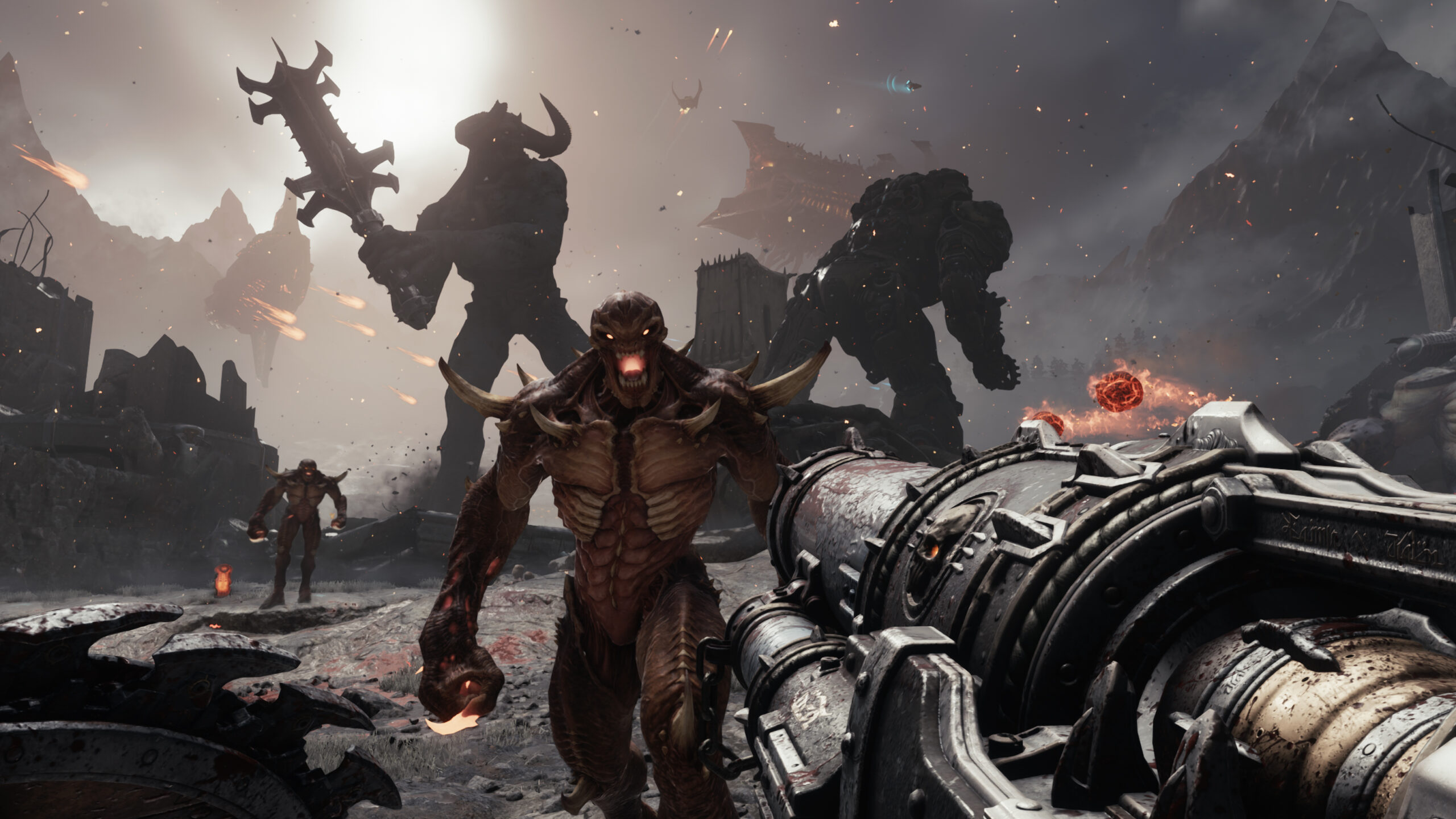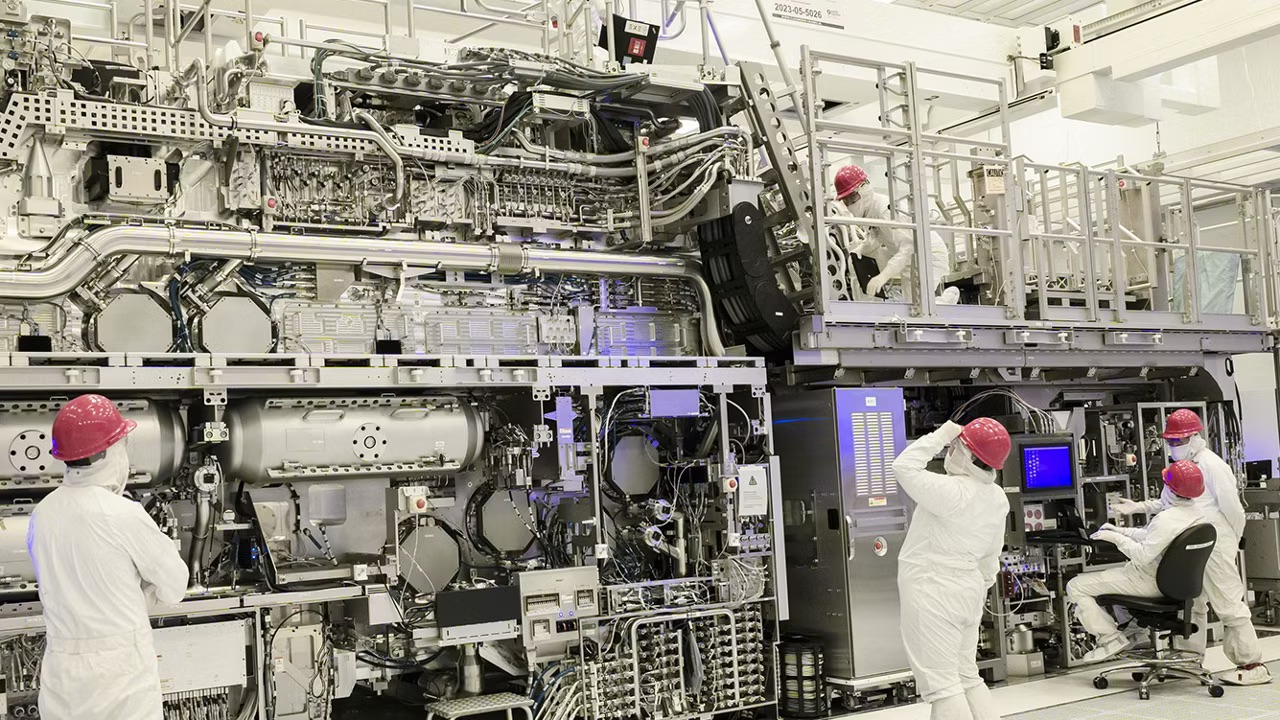Back in 2018, I remember sitting on my couch watching the RTX 20-series announcement on my then-decently powerful gaming laptop. Jen-Hsun took to the stage in a biker jacket, jokingly announced the release of the GTX 1180 (a pretty good gag), and then proceeded to blow my tiny little gaming mind. Proper ray-traced lighting for your gaming PC was finally here in the form of the Turing generation of GeForce graphics cards, and it felt like the future.
“This is a historic moment for computer graphics,” said the leather-jacketed one, and it felt like it. No longer would we, as gamers, be chained to a hodgepodge of traditional lighting techniques, thanks to the RT cores on the new cards. All our rays would in future be traced—meaning that each beam of light would be calculated, reflected, and diffused in real time, in ways that make games look much more realistic than they did previously. The long-awaited real-time ray tracing future was finally here.
I remember closing my laptop lid after the announcement was finished and thinking about the mobile version of the GTX 1060 GPU inside. Suddenly my RT-coreless machine felt out of date, in a way more profound than the usual endless cycle of new hardware announcements would suggest. We all feel a twinge of necessity when a new generation of hardware arrives. How was I going to afford something equipped with an RTX 20-series GPU to revel in all this ray tracing glory?
Turns out, I needn’t have worried. Real time ray tracing has been slow to arrive, at least in the way that seemed promised back in 2018. For many moons, it’s been, at best, an optional extra. An upper-echelon feature for those of us with hardware beefy enough to handle it. Those days, I fear, are coming to a close.
Stalker 2: Heart of Chornobyl. Indiana Jones and the Great Circle. Star Wars Outlaws. Black Myth Wukong. Four games released in the past year with ray tracing as the only method of lighting. Four fairly demanding games that mean, if you’ve been trucking along with something from the pre-ray tracing era, like the venerable GTX 1080 Ti, it might finally be time to think about sending it to the great attic box in the sky.
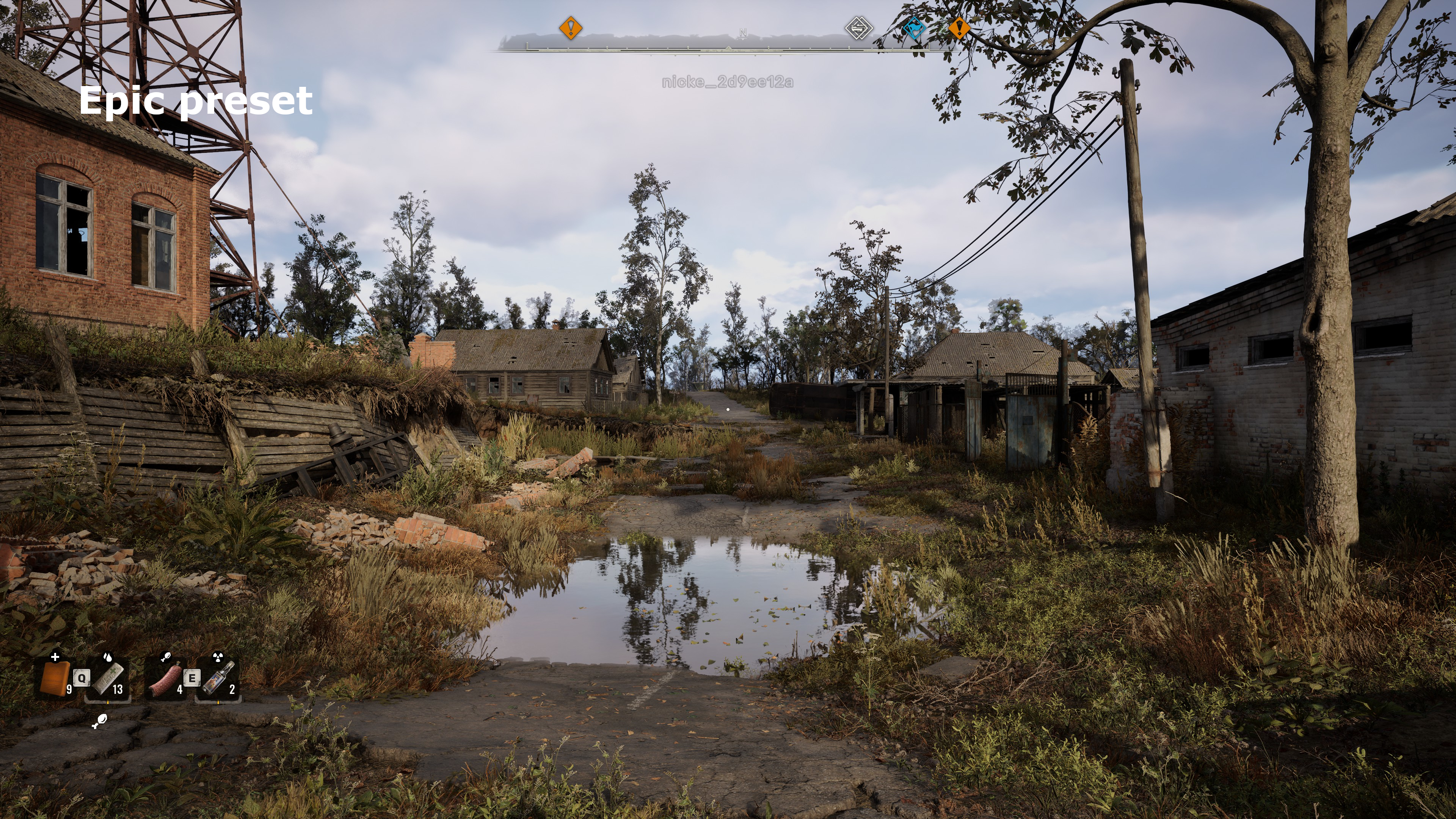
We’re starting to live in the era of ‘RTX on’, all the time. Just. It’s been a long time coming, and we’re still just about at the point where ray tracing can be mostly ignored if your hardware is behind the times in many games. The tipping point, though, feels like it may be about to be reached. Ray tracing is creeping in as the default now—and it seems unlikely to be a passing phase.
Let’s not get too down on the idea overall, though. As someone who has often made do with older hardware due to *cough* financial concerns, I always keep an eye out for DLSS and FSR versions in the specs sheets of upcoming demanding games.
These upscaling methods started out as the closest thing to alchemy we PC gamers may ever experience (Extra frames? Minimal loss of image quality? Yes please!), but have inevitably slipped into the sort of thing you often need to enable to receive smooth performance with the settings turned up.
DLSS may be Tensor Core-dependent, but AMD’s FSR will run on many older cards, although it’s limited in what it can achieve. And yes, ray tracing has been a big part of that modern upscaler push. Still, it also means that thanks to some upscaling help, ray tracing has become more achievable while maintaining a reasonable frame rate, with a minimal loss of quality. And in some ways, it’s not quite as hardware-taxing as it used to be, either.
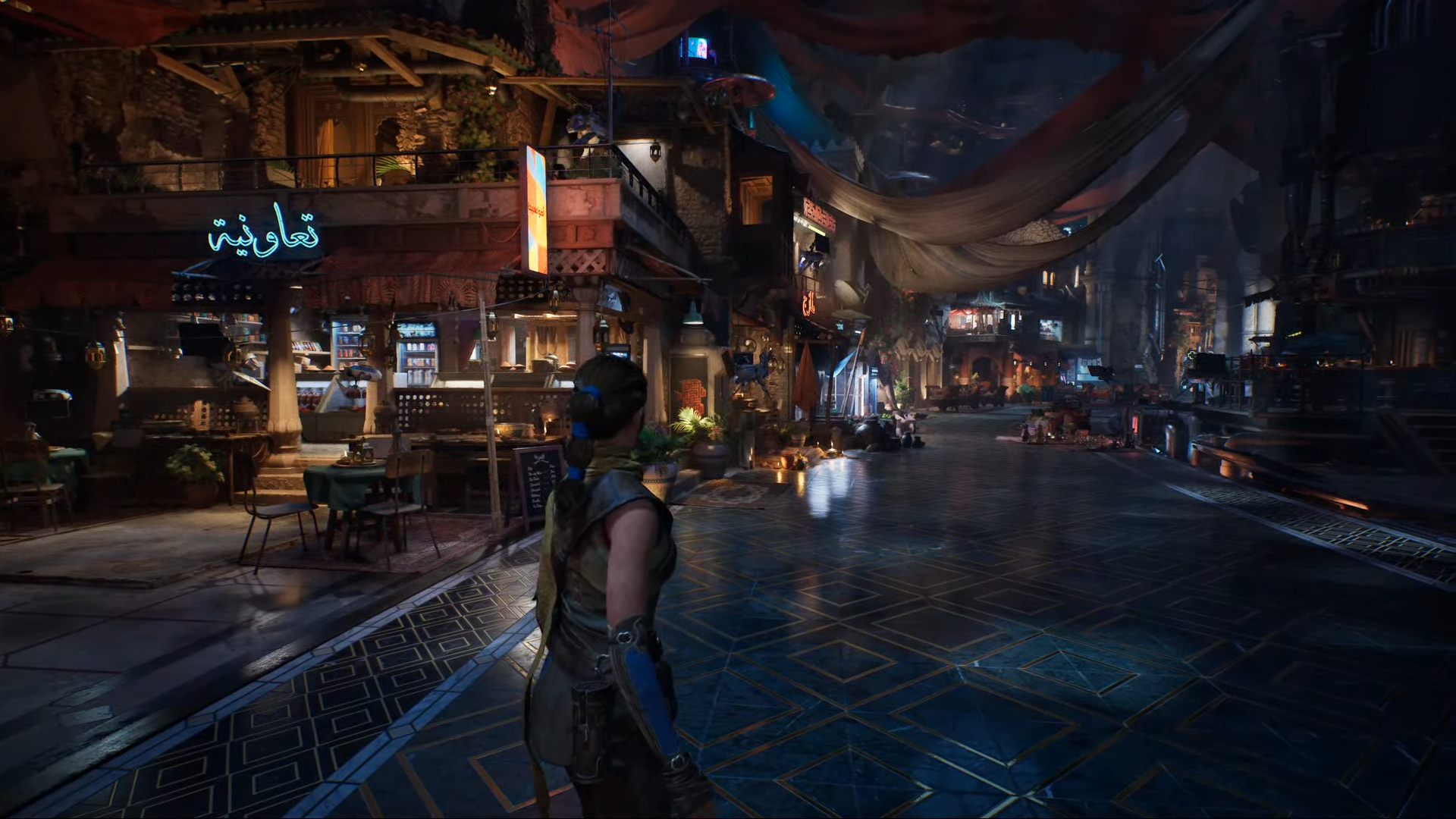
Unreal Engine 5’s Lumen can use either software-based or hardware-based ray tracing techniques. The software version uses mesh distance fields which operate on a wide range of hardware, and are streamed in and out based on distance as a camera moves through a game world.
It works well in terms of calculating limited rays for better performance, but can struggle with light leakage on certain geometry. Plus, it’s not as visually impressive as ray tracing proper, and it’s still quite demanding overall compared to other lighting methods.
As for hardware ray tracing? That’s the full-fat stuff, with all the gorgeous lighting and GPU-stressing factors that come with it. Still, Lumen is capable, in many ways, of being ray tracing “lite.” Ray tracing for the masses, if you will. That’s a pretty good deal, particularly as Unreal Engine 5 seems to be the engine of choice for many upcoming major releases.
Optimisation techniques seem to be coming on a pace in other engines, too. Indiana Jones and the Great Circle runs remarkably well even on some fairly ageing hardware, despite being an “all ray tracing, all the time” game, likely thanks to the developer’s experience with Id software’s in-house Id Tech 7 engine.

Here again, you get the ability to switch between full ray tracing (or Full Ray Tracing as Nvidia calls it, path tracing to everyone else) and a more stripped-down version, but either way, it’s there, and it’s handling the lighting—even with everything set to Low.
The hardware requirements are very steep for 4K Ultra with full ray tracing enabled, but then, you’d be surprised if they weren’t for a game that looks this good. Drop the settings and the resolution down to more reasonable levels and even the RTX 2060 Super can get in on the ray-traced action, and that’s a six-year-old mid-to-budget range card. That’s still an RT core-equipped GPU though, even if it is showing its age these days.
The choice is yours, but it’s starting to become a clearer choice than ever. And in some cases, not a choice at all
Consider it a sign of the changing times. The Id Tech-based Doom games have long been known for their remarkable performance on older hardware, but even the upcoming Doom: The Dark Ages is going to be an all-singing, all-dancing, all-ray traced affair.
Id Tech 7’s Vulkan API has supported ray tracing for years, as has DX 12 Ultimate, and it’s no surprise that devs are reaching into the toolbox now the hardware is truly able to make use of it. Heavy optimisation and developer engine familiarity will likely help with performance, but again, according to the specs, you’ll need a ray tracing capable GPU to get your Doom on later this year.
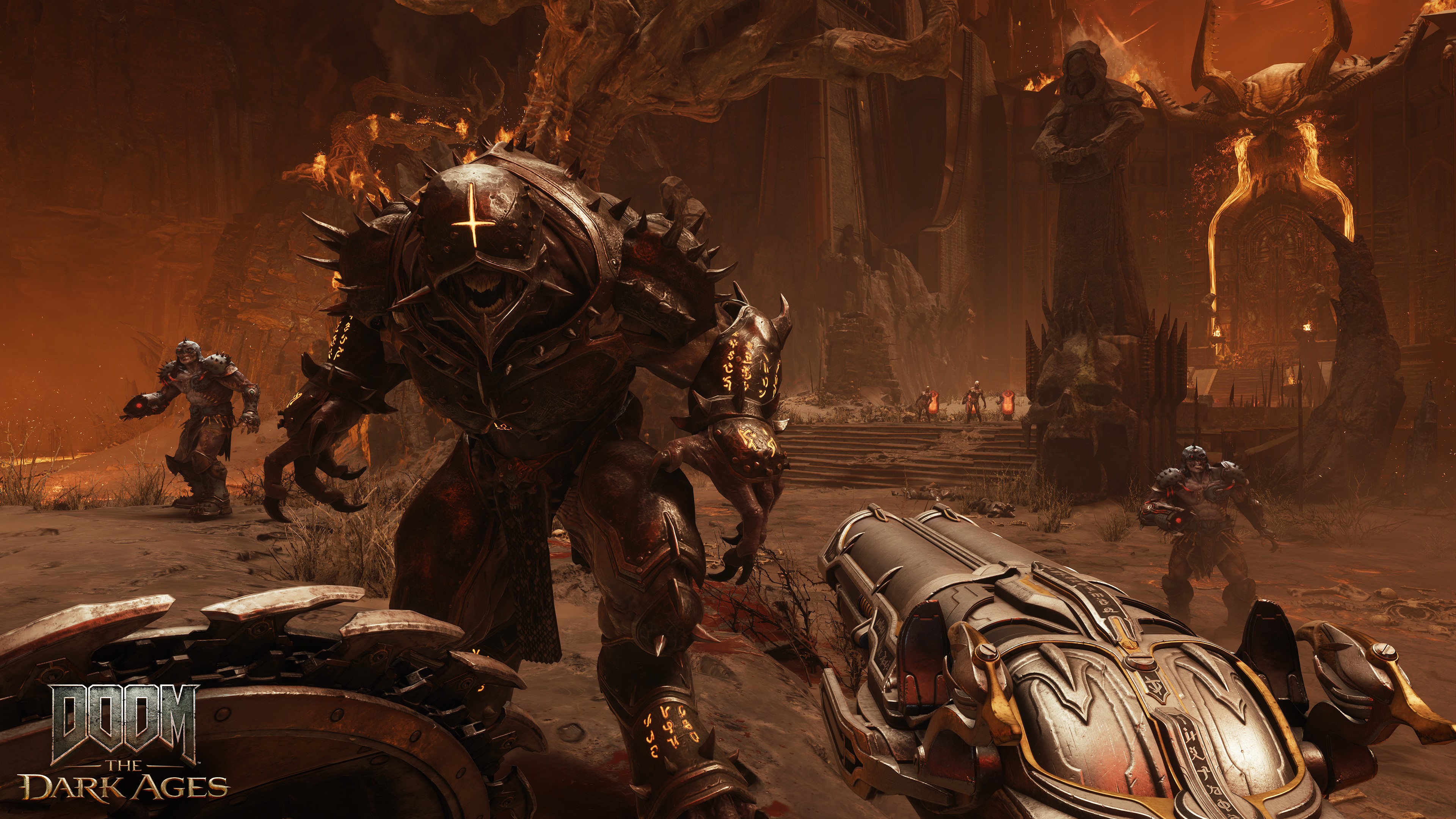
So, I don’t blame some gamers for feeling sore. But while optimisations are being made, and upscalers ever-improved, at some point all hardware simply ages out of consideration. Those of you who have been trucking on with pre-ray tracing era GPUs have had a good run of it, but all good things must, unfortunately, come to an end.
I’m not saying it’s all over for you at this very moment, of course. Pre-baked lighting and ray tracing have co-existed for a while now, and in all honesty, they probably will for a little while longer in many games.
But as gamers continue to upgrade their machines and the hardware moves on, it’s likely only going to get harder and harder for developers to justify working on and optimising two lighting systems when one gives such spectacular results.
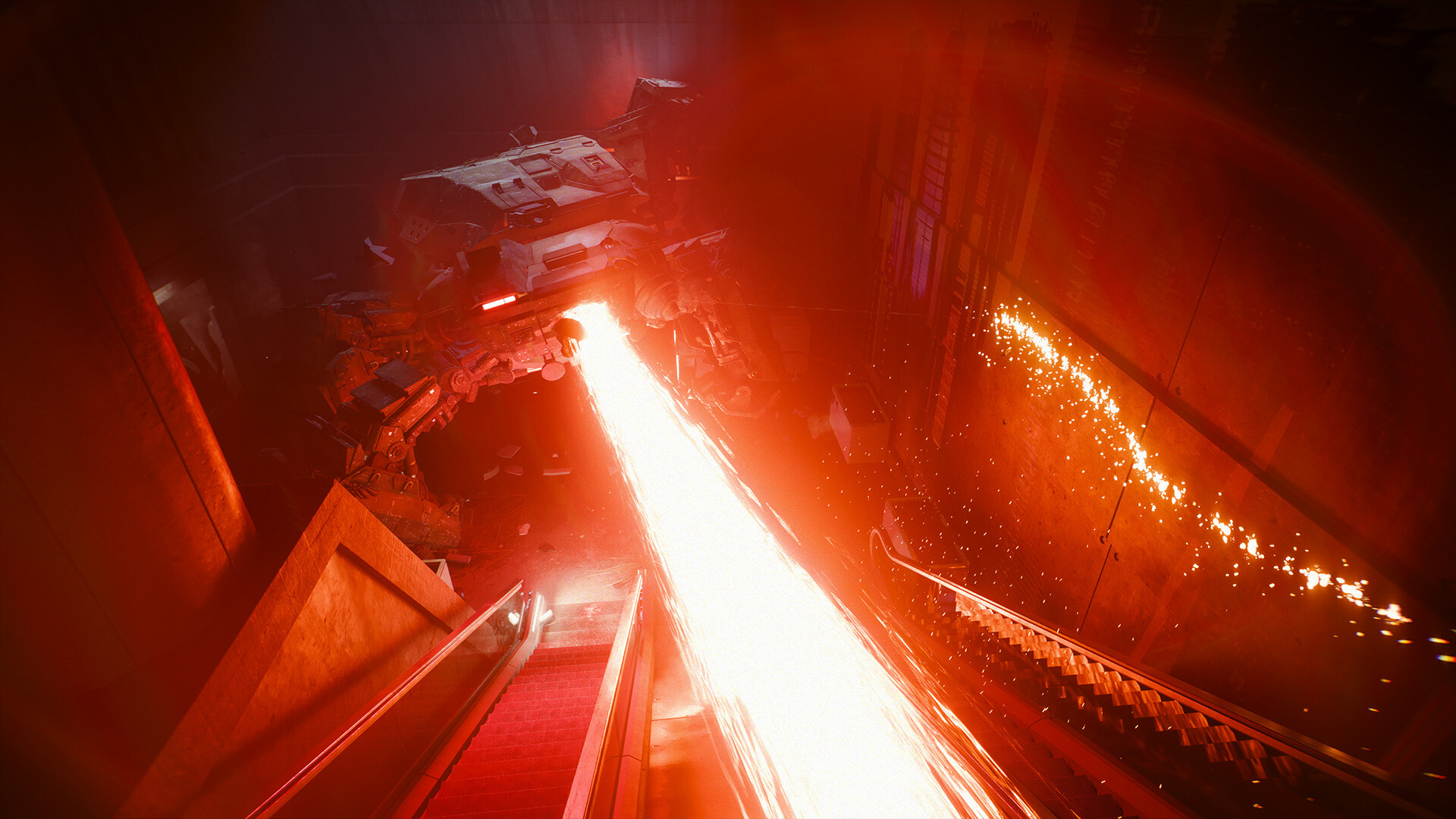
Not only that, but lighting has traditionally been something of a pain point for game development, with the need to use a smoke and mirrors approach that often leads to wonky-looking results. Ray tracing can potentially serve as a much more “one and done” methodology when implemented well, and developers are always going to lean towards a more straightforward (if more hardware-demanding) system if they can get away with it.
I really don’t think the ray tracing train is going to do anything but accelerate further towards the (beautifully lit) horizon
Ageing lighting techniques seem destined to go the way of the dinosaur at some point, and I believe we are seeing the green shoots of that switch over today.
The times, they are a’changing. The rays, they come for thee. And while it’s difficult to get hold of a ray tracing-friendly GPU at the moment for a reasonable price, it’s unlikely this current drought will last. If you’ve been holding out, and let’s face it, missing out on some of the latest games because ray tracing is your great hardware holdback, I reckon now’s the time to start saving those pennies for a ray tracing-ready GPU when prices and availability (hopefully) drop back to normal levels. Whatever “normal” means, in this context.
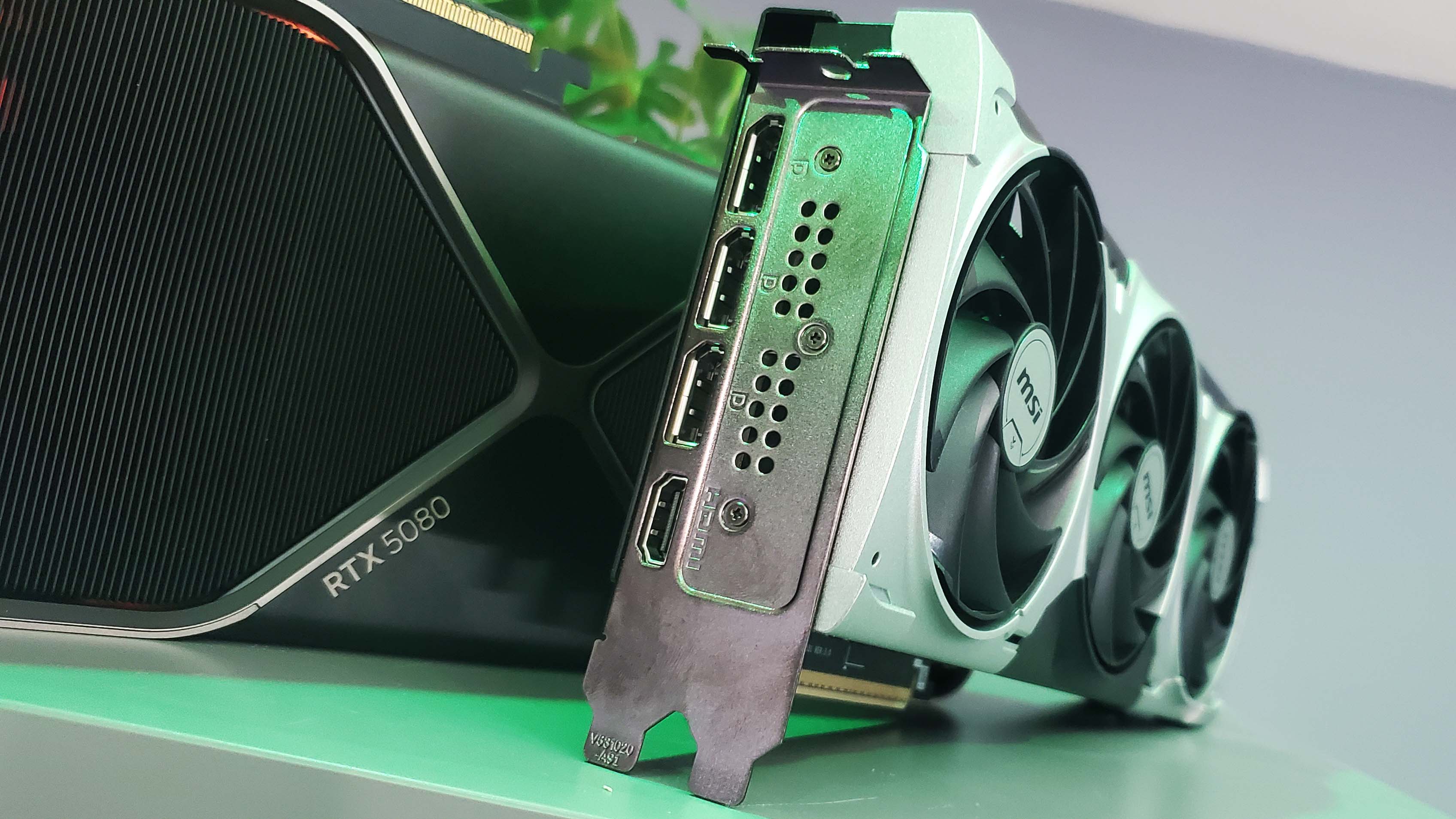
Or you could gracefully age out of the never-ending hamster wheel of progress. After all, indie releases and games from smaller studios will likely be the longest holdouts for ray tracing adoption, and you don’t need to be playing the most graphically beautiful, highly demanding games on the block to have a good time with your gaming PC.
The choice is yours, but it’s starting to become a clearer choice than ever. And in some cases, not a choice at all.
And if you think me advising you to upgrade your machine to prepare for the ray-traced future is elitist, know that I am one of you. My personal GPU is pretty bad at ray tracing too, so I too am eyeing up my meagre bank balance and considering my next move. Time marches ever forward in this game, and at some point, we all, unfortunately, must do our best to keep up if we want to stay at the forefront of gaming tech.
Or, y’know, something like Geforce Now and on-demand game streaming. You may boo and hiss, but it’s really pretty good these days. Put those pitchforks away. Still, by the looks of things, I really don’t think the ray tracing train is going to do anything but accelerate further towards the (beautifully lit) horizon. And in the end, at least our games will look even prettier. Even if our bank accounts don’t.






